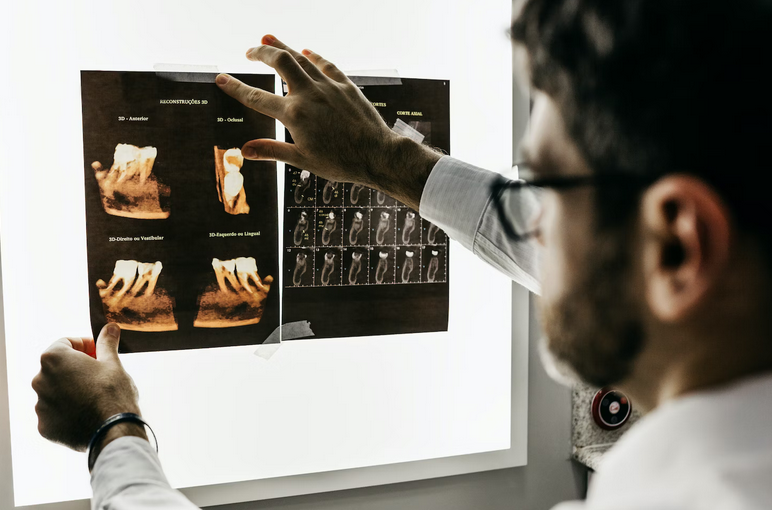The Importance of Advanced Technology for Healthcare Industry
Technology seems to change the entire world, especially in the healthcare industry. Technology also creates many better opportunities in the healthcare industry to create a better relationship between healthcare professionals and the patients and improve the medical quality standards. Many technologies have been used to improve the quality of the healthcare industry, including simulation technology. You can read more about how simulation technology benefits healthcare students and professionals at http://www.chu-nimes.fr/simhu-nimes/actualite-les-2-ans-de-la-sofrasims-.html. Now, let’s take a look at several advanced technologies that are used in the healthcare industry.

Simulation Technology
Healthcare simulation is a strategy used to fix or reinforce real-world experiences through guided exercises that interactively elicit or reproduce meaningful real-life details. Simulation in health care uses many different tools, ranging from immersive health care environments or real-world simulators that contain virtually everything that could be learned in a real-world ecological environment to enhanced virtual health care environments. In immersive assembly, individuals alone or together with innovative technology mannequins generate interactive environments in which non-urgent scenarios are performed to create safe exercise arenas for students without risk to patients and the possibility of psychological injury to students if a mistake is created in their bodies. On the other hand, the normal drawback of electronic simulation of not finishing functional instruction on its own has become a considerable advantage because virtual simulation can fill the void in wellness instruction when medical campuses have closed.
Augmented Reality
Augmented reality technology offers composite views of a computer-generated image for healthcare practitioners. AR can connect the healthcare providers’ and the receivers’ ability to learn and relay information. Medical students can prepare for real-life situations and provide surgeons along with the ability to improve their practices. Patients can use AR to describe their symptoms to their doctor correctly. Pharmaceutical companies will have the ability to provide their patients with more information about their prescribed drugs.
Artificial Intelligence
 Artificial Intelligence is practical for diagnosing strokes, eye diseases, heart diseases, skin cancer, and other diseases. The use of AI in healthcare may not be a high priority, and implementation may be slow, primarily due to cost. A study mentioned that only 12% of wellness programs reported implementing AI for cancer care or are expected to do so in 2018. The most common areas that AI impacts are: clinical decision support, individual health, disease management, readmissions, and medical/health cost program. It is emphasized that it is very likely that AI machines will replace radiologists, but rather AI could improve the doctor-patient relationship by freeing up time that physicians essentially don’t have so that they can spend more time treating victims.
Artificial Intelligence is practical for diagnosing strokes, eye diseases, heart diseases, skin cancer, and other diseases. The use of AI in healthcare may not be a high priority, and implementation may be slow, primarily due to cost. A study mentioned that only 12% of wellness programs reported implementing AI for cancer care or are expected to do so in 2018. The most common areas that AI impacts are: clinical decision support, individual health, disease management, readmissions, and medical/health cost program. It is emphasized that it is very likely that AI machines will replace radiologists, but rather AI could improve the doctor-patient relationship by freeing up time that physicians essentially don’t have so that they can spend more time treating victims.
Robot Assistance
Robot assistances are also being implemented for surgery purposes. Robotic-assisted surgery is a type of surgical procedure that is performed using autonomous methods. It was created primarily to help doctors perform minimally invasive surgeries and improve the skills of surgeons. For example, laparoscopic procedures involve modest incisions that can only be achieved this way because they do not require blood transfusions. The robot assistance helps any surgery, including atrial septal defect repair, Mitral valve repair, Coronary artery bypass, and transplant surgery.
Drugs
Along with the advancement of drug testing procedures and drug use, health care is becoming more effective in treating customers. Companies are trying to find new approaches to help patients as much as possible. For example, MMJ International Holdings is involved in clinical cannabis cultivation and disease research. The healthcare industry has changed tremendously over the past two decades due to improvements in technology. These developments are far from going away, and healthcare companies must keep up with these trends to stay relevant. Cheaper, more accurate, and more valuable to patients is the legitimate end goal.



